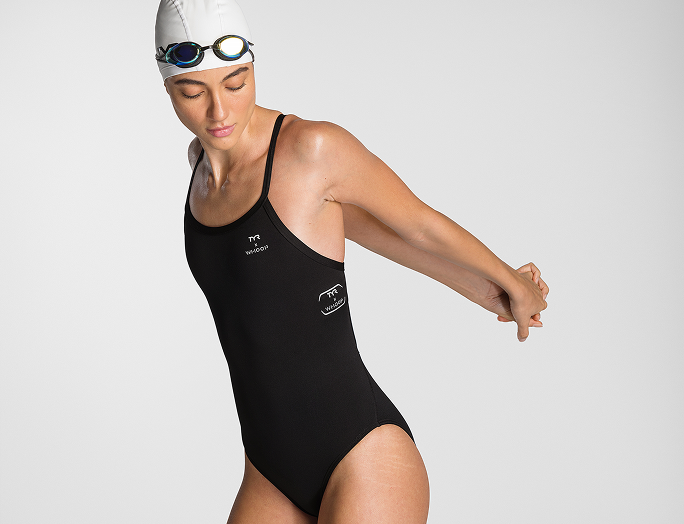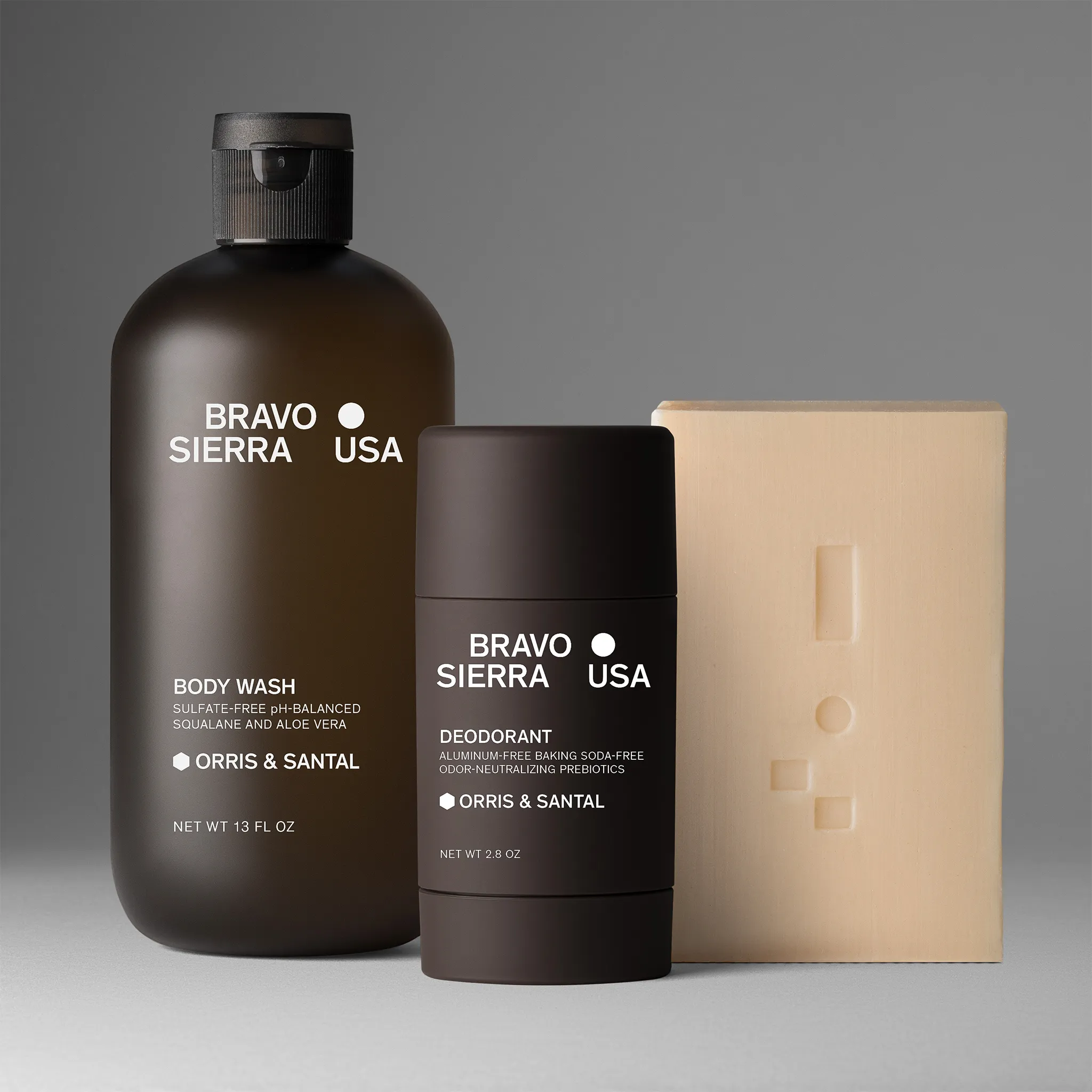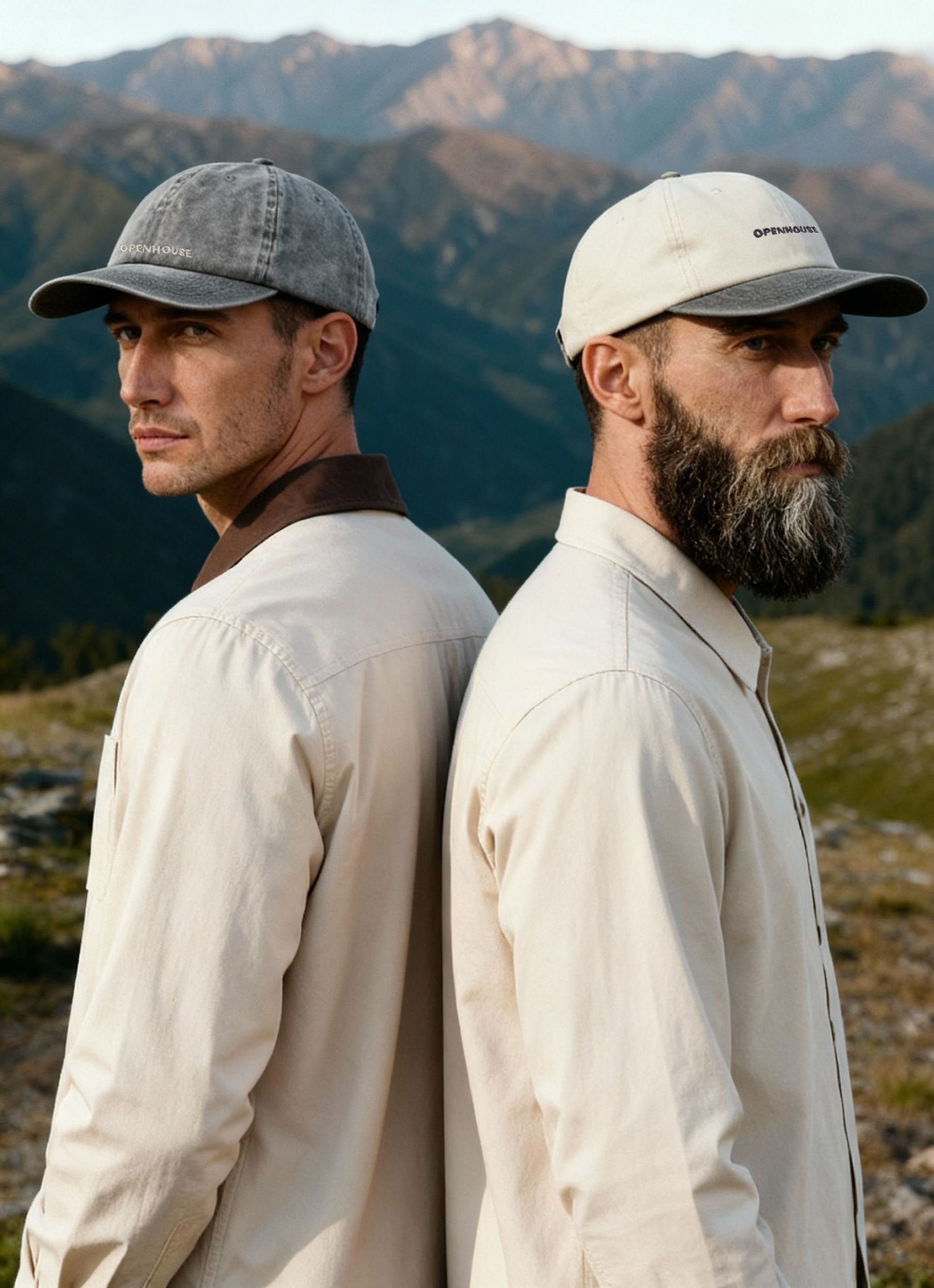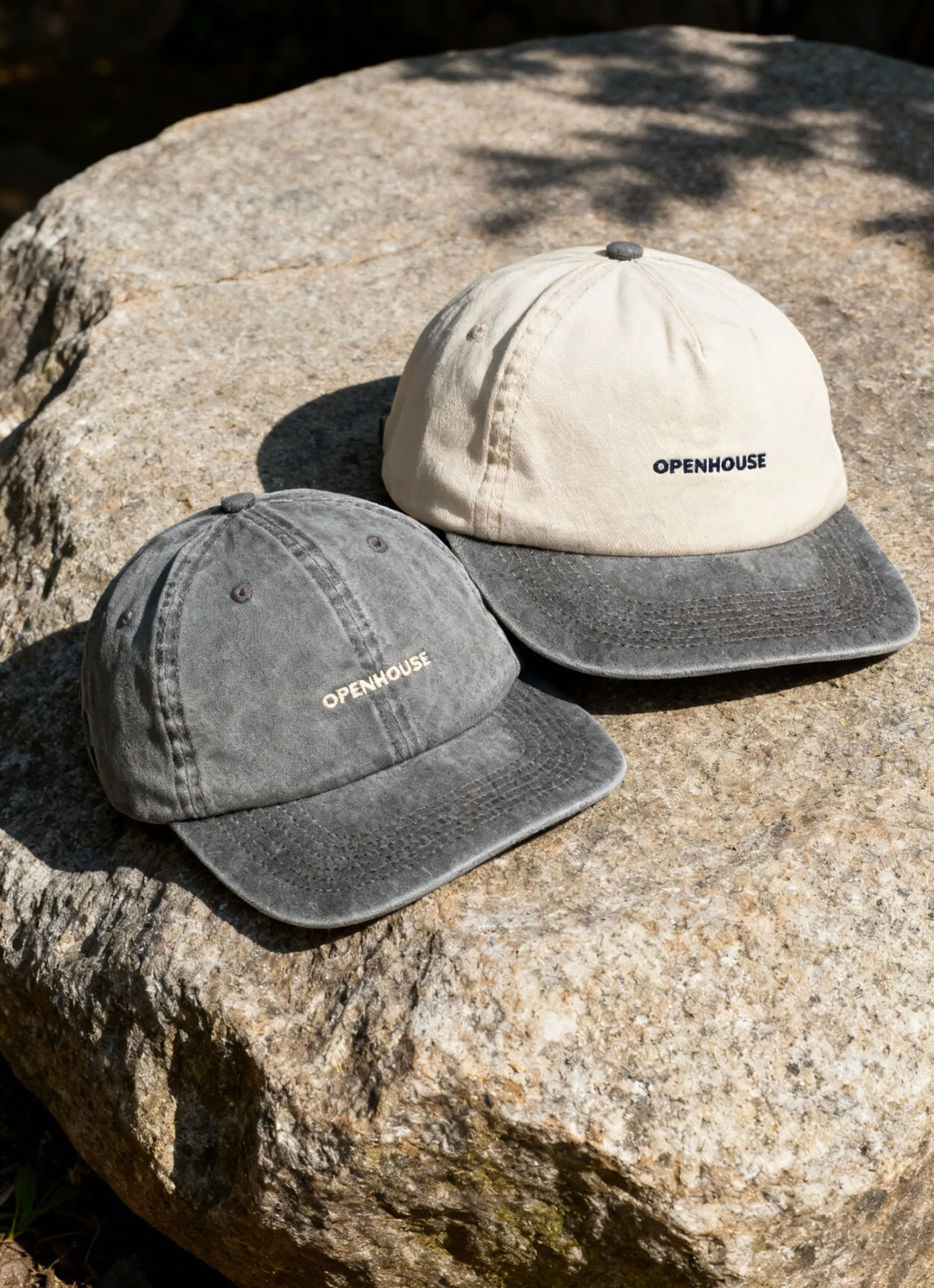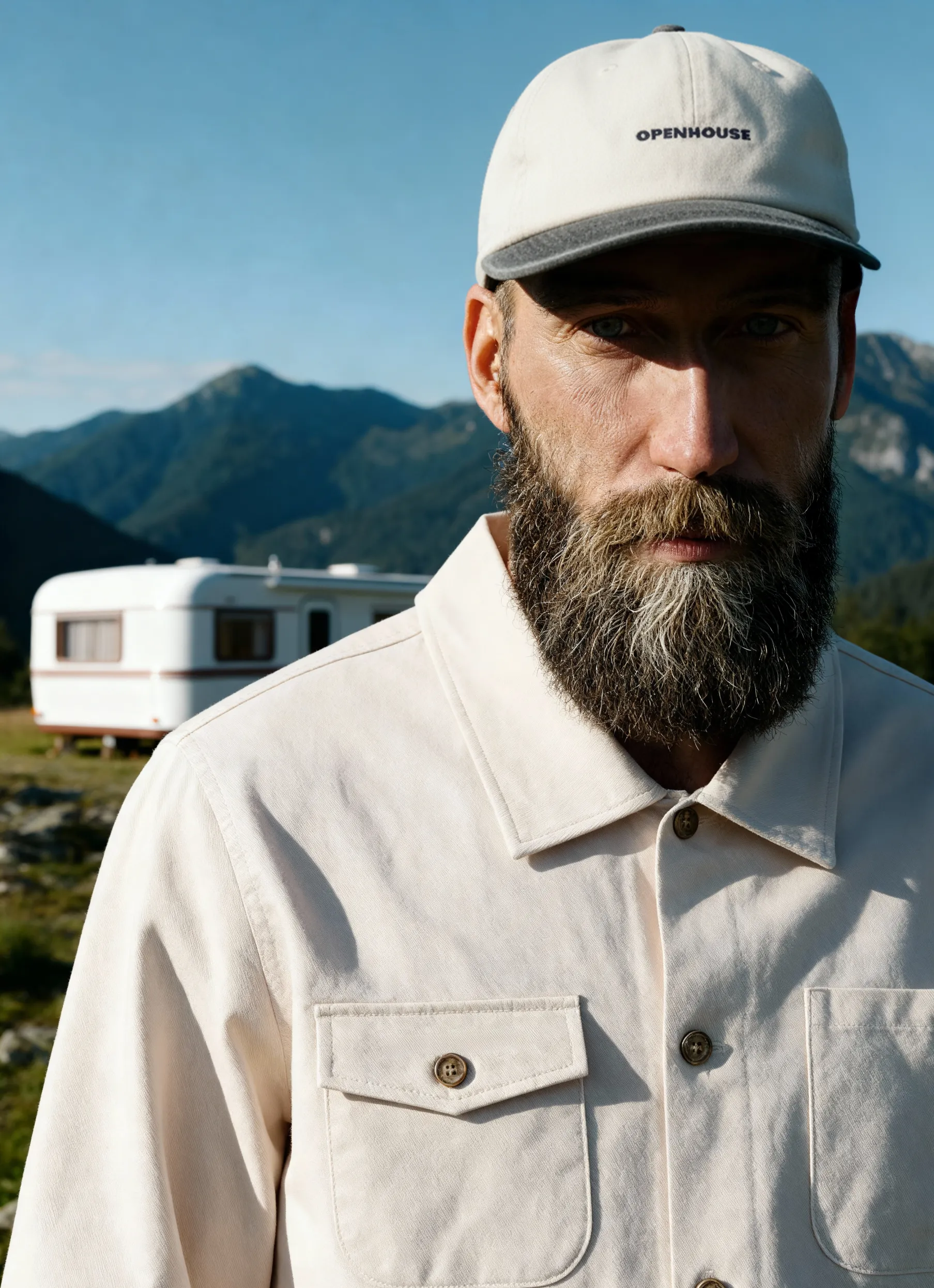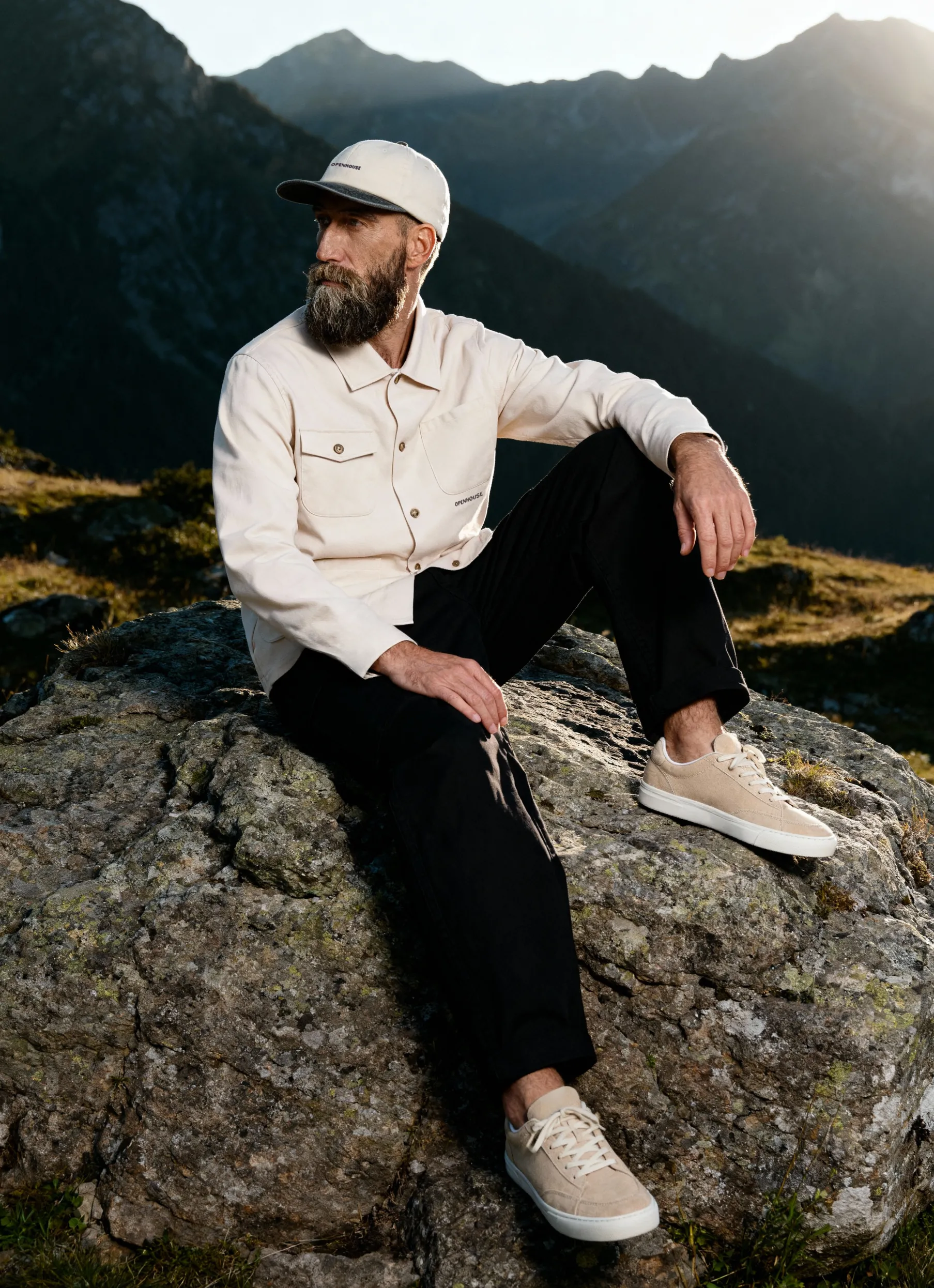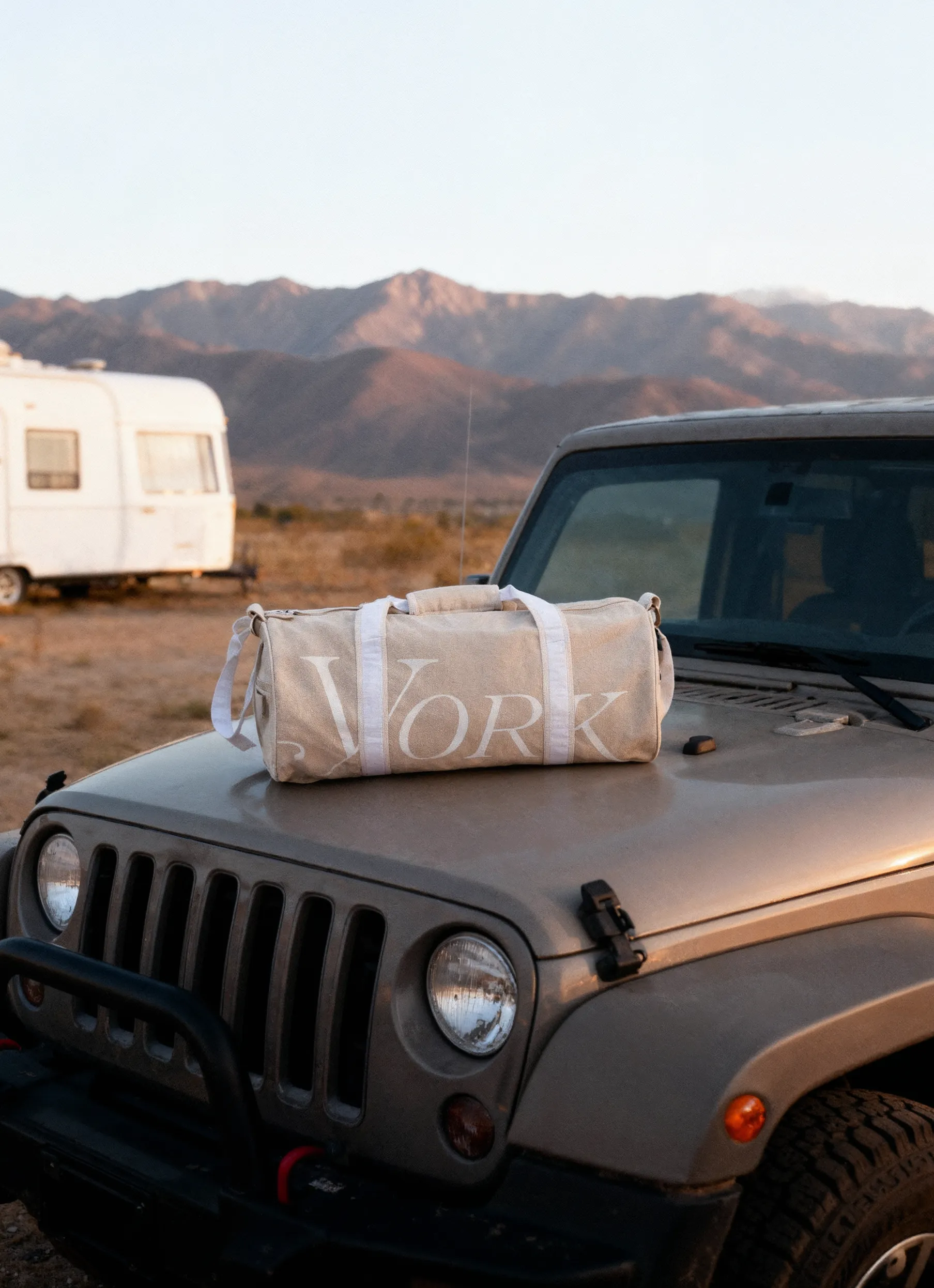Got your mind racing for the best tips on ecommerce product photography in 2024? Welcome, the courageous, who fears no competition on the tightest 8 inches on the Planet Earth – the first page of Google. You have arrived.
Once you are as brave and fearless as to have entered this unequal battle of ecommerce promotion, we'll disclose the juiciest tips that come from years in the industry. All of the dirtiest secrets and insider tricks in this 9-minute-read, complete guide to ecommerce product photography.
WHAT IS PRODUCT PHOTOGRAPHY?
The below paragraph is here solely for those, who haven’t heard even a word about eCom product photos. Experienced ones – just kindly skip it and go to the deeper woods of ecommerce product photography.
Ecommerce product photography is a subindustry of ecommerce, that deals with producing high-quality commercially viable imagery of products for the representation of such products online for sale.
To throw some factuality into the topic, check out these stats on status quo of the industry:
- The Global Commercial Photography industry market is estimated at $5.2 billion in 2022 and is predicted to continue its upward curve at CAGR of 2.2% for the following decade according to a recent Fact MR research.
- According to Glassdoor statistics, an average salary for ecommerce photographer in the US is hovering about $60,325 at the end of 2023, based on 9 salaries submitted by the verified platform users.
- 77% of product photographers in the US work in companies with over 100 employees, with retail employing the highest share of the talent - 36%, followed by Fortune 500 at 11%, and professional service at 8%.
- Looking to hire an ecommerce photographer in Los Angleles, San Francisco, San Jose mentropolitan areas? Mind your marketing budgets, according to the US Bureau of Labour Statistics, these locations have the highest average pay of $74.9, $71.3 and $70.9 thousand dollars annually.
- And to provide even better perspective, the global ecommerce market is expected to reach $6.3 trillion in 2023, according to a Forbes report. It’s logical to assume, that the e commerce product photography market size will grow proportionately or even more vigorously, than the parent business. Why? As professionally-done images are one of the best means to drive better ROI in ecom at all stages of the conversion funnel.
.jpg)
WHY IS PRODUCT PHOTOGRAPHY SUCH A BIG DEAL? THE IMPORTANCE THEREOF
With almost 4 thousand companies averaging half a million in annual sales in commercial photography in the USA alone, it is safe to assume it’s pretty important.
The dominance of social media in the informational sphere is dictating its terms.
Did you know?
That attention span of a human has gone from 12 seconds in 2000 to 8 seconds in 2013! Yep, BTW, goldfish has the attention span of 9 seconds and it’s 2023 by now too.
So how is that, that human ATTENTION SPAN is dwindling so rapidly?
- 50% of surveyed responded they will reach out for a phone if not occupied
- 2/3rds use social media for the news
- 2/3rd admitted multi-screening behavior: e.g. switching between TV and mobile.
This is one of the reasons why they created Bumper ads at all. The ads that last virtually 6 seconds and are pretty much unskippable on Youtube. To steal that attention while it lasts.
OK, now that we have ascertained all the trivia about the dominance of beautiful attention-grabbing imagery in our lives, let’s just admit it:
High-quality product photography is an expectation. A very basic one too. It has been reduced to the very basic need of an ecommerce business. It's like having wheels for a car. It's not the part, that is negotiable or can be upgraded to.
If you don’t have them, you don’t drive an inch.
For more reasons just how important product imagery is for ecommerce & what happens if you neglect to do it right, see this detailed piece: 11 PRODUCT PHOTOGRAPHY MISTAKES TOO COSTLY FOR A BRAND TO MAKE.
HOW PROFESSIONAL PHOTOGRAPHY FOR ECOMMERCE INCREASES CONVERSIONS
High-quality e commerce photography can increase conversions, lower return rate, decrease cart abandonment rate, boost your time on page, increase CTR and even straight away push you a few lines up in Google search.
There are tons of articles that prove each of these statements, so we will point you to one here, that tells you how to tweak your images to boost conversion where ecommerce needs it most: on PRODUCT PAGES.
More over, using any stock images even for your landing page, — as opposed to photoes made-to-order, — can be detrimental to your bottom line. In a simple marketing A/B test, a moving company from Florida increased their lead sign-ups by a massive 45% by simply using their real crew image on a home page instead of the stock one.
When it comes to e commerce product photography, where aesthetics and visual appeal have a sizable impact on the dynamics of the fickle purchasing intent, marketers know they have to get this part of the promotional puzzle right.
PRODUCT PHOTOGRAPHY EQUIPMENT FOR TOP-OF-THE-SHELF RESULTS
Well, photography is one of those realms, where ecommerce owners are tempted to DIY to save the budgets. If you are one of those startup companies, who are really tight on budget, please feel free to pick on our photo-savvy brains below.
We cannot but do an official disclaimer though:
The ROI for every buck invested in professionally executed product photography is one of the highest in digital marketing. No reputable business can afford amateur-looking images. The ways things can go wrong are uncountable in this business and experience comes with years, not months.
But, just as promised, below is the essence of our experience on a platter with a silver lining for your kind undivided attention:
BEST CAMERAS FOR PRODUCT PHOTOGRAPHY FOR ECOMMERCE: FOR DIY AND STUDIO
For DIY product photography purposes, smartphones are OK. Yes, there are nuances and yes, we do mean the condescending "OK", not the OK "OK". Of course, you will not be able to scale this type of image onto the billboard size and the focus might leave some pixels for improvement, but compromises will be compromises.
Do use it with a tripod & lighting equipment to mimic the professional quality as much as possible. Do use the most recent models of the top smartphone brands of course – every next-generation smartphone has one major improvement: the camera. So the newer the smartphone - the better.
Mirrorless vs DSLR battle: the difference is getting blurrier by the second.
DSLRs pluses & minuses:
- Yes, DSLRs are bigger and noisier on the minus side.
+ They are:
- more durable,
- the market for used accessories and lenses is immense and
- they are ready to shoot in no time, allowing to capture that passing emotion in the critical moment, on the plus side.
Canon and Nikon are the Cola & Pepsi of the DSLR camera market.

The mirrorless cameras advantages & drawbacks:
The Mirrorless cameras are evolving by the minute, narrowing the gap between the resulting images with every improvement and each patent.
- The battery lasts twice as little as that of DSLR due to restriction is size,
+ They are best for videos, they have stabilizer inbuilt into the camera, they are more computational with lots of potential for face recognition features.
On top of the DSLR giants Nikon & Canon, who manage to share their attention between the 2 competing makes of cameras, Sony and Fuji are also tapping into the mirrorless camera market heavily.
Overall, conventional thinking has it, that in the lower price range of about $500, a DSLR camera will provide better quality images than a compact mirrorless one. So if size & noise is a non-issue or if you have big hands yourself, the choice is pretty obvious then. If you do plan to do diversify your portfolio with more of video production, it’s time to start eying mirrorless photo equipment more.
BEST LENSES FOR BEST-CONVERTING PRODUCT IMAGES
Let’s spill the beans here right away. In product photography lenses play a pretty minor role. Why?
- Things don’t move. They are pretty still. On a ghost mannequin, lay flat or hanging – they are there waiting for a photographer to push that button.
- The camera doesn't move either. Tripod is a must for taking images with still items. So no sophisticated top-notch lens with a stabilizer is required here either.
- You would normally shoot items at high apertures too – so that’s something most of the lenses have in their most default of the settings.
So yes, you can do with a pretty basic lens, as long as it’s:
- sharp in the range of F8-F11
- right focal length for your subject
Ironically, the still life is not demanding this way – the best lens, in this case, is pretty run-of-the-mill one.

TRIPOD: THE BASIC EQUIPMENT FOR ANY PHOTOSHOOT FOR ECOMMERCE
Unlike a lens, a tripod is of major significance for the process, so make sure you get this one right.
Why is a tripod an absolute must-have to get professionally made images of your ecommerce products?
- to ensure you can play with your settings, like aperture, depth of field without having to readjust it after a slight motion of a hand.
- to enable consistency of placement of photographed objects images relative to the center, the course of light, props – for multiple shots of the same product and the collection of items alike.
A workable tripod is not too much of an engineering miracle with pretty simple parts to it, so anything around 30 bucks should serve you for years if we are not talking industrial size photography studio here.
Flexible tripods are a novelty that is more made for social blogging – but due to the compact nature, they can be used in personal life too then. The traditional tripods are bulkier but allow for better sturdiness and more angles due to physical high with no restrictions of the smaller flexible versions.
LIGHTING FOR PRODUCT PHOTOGRAPHY: THE ABC
Lighting is essential, it plays a pretty major role here.
Natural sources of light can be a good alternative in certain setups, but it tends to move around as the day progresses, so window light is somewhat limiting for a series of shots.
It is a great DIY lighting set up though requiring the least steep educational curve. Just make sure to use a white background and reflecting cards and place the object at a 90 degree to the window.
Light tent set up is an option for a photo studio and is expensive and needs lots of professional knowledge to achieve the pro results.
On the other hand, it provides consistency so much needed for a series of shots of products belonging to the same collection. It is the only ultimately professional lighting set up for a photo studio, but it is the most expensive one and needs lots of learning to get it right.

WHITE BACKGROUND FOR YOUR DIY PRODUCT IMAGES STUDIO
One of the basics that are cheap and replaceable. At the advanced stage ecommerce shop, owners do experiment with multi-colored backgrounds that resonate with the demographics of their clients and sing along the brand book, but the first stage is always white background. Colored backs are great for social media and creatives for glossy magazines, that anyway needs a pro hand though.
All major ecommerce platforms like Amazon, Shopify, eBay all require an image of the products on white background.
Why is that?
- Did you see just how busy the screens of amazon are? imagine more colors in the back.
- The image weighs less with white background and obviously, site speed is HUGE for conversion, so marketplaces would never go for such a useless feature as the colored background of products if they were to lose 1 millisecond in page loading speed.
- All ecommerce platforms are geared towards customer satisfaction. They want their clients to leave happy and to come back for more – not switch to another ecommerce marketplace. So it is only natural, that E-commerce platforms like Amazon, Shopify, BigCommemrce, eBay want to leave the product alone as the major decision factor along with ratings – with a minimum amount of marketing gimmicks.
So yes, white it is. Get yourself a white sweep – paper one is more practical in terms of getting rid of the dirty parts. If your little one stocked up on poster boards for school arts& crafts projects, nicking one or two pieces for a photoshoot is quite a feasible option too.

AUXILIARY EQUIPMENT THAT ENHANCES RESULTS OF ANY ECOMMERCE PHOTOSHOOT
The white bounce cards will allow you to soften your shadows and ultimately reduce the retouching process.
Foam board works just fine being quite sturdy, but the offer is next to bottomless on the market, so we will not limit you here.
Just to finish off the list of equipment for the product photography here are some bit and bobs that will save you lots of time and energy on the set:
- double-sided scotch tape/glue dots to fix in place smaller objects
- fishing line – if you need something to hang stuff onto that is easy to remove while editing
- pegs, safety pins, clamps – to fix, attach, hang, stretch out a product
- clothes hangers
- scissors
- iron
- batteries [something every photographer only forgot once before putting it first on the product photography equipment list].
While above-mentioned items may seem secondary to a rookie, any self-respecting e-commerce photographer has them packed and ready to be used on set as a default setting.
HOW TO PHOTOGRAPH YOUR PRODUCT: STEP BY STEP
PREPARE PROPERLY FOR THE SHOOT
Get your shot list all ready way before the shoot – but definitely be guided by it on the day of the shoot. This is where you start and where you finish your session.
TIP: Make sure you sort & group your items by size or type. To get the differently-sized products, you may need to re-adjust the lighting, the tripod or maybe even change the lens. By preparing for it in advance, you may save yourself tons of time.
Physically PREP YOUR ITEMS – if it means ironing, polishing, dusting, your items need to be ready spotless. The better condition they are in on the set – the less time-consuming expensive post-production you need to do.
Prep your lights: by this time you will have known what kind of light your will be using for your shot, what type of surface, background, and reflectors. If you are relying on the daylight, make sure to use your daylight sparingly and to switch off all other sources of light in the room not to pollute your image.
GETTING READY WITH EQUIPMENT
Set the scene: a table with the white paper sweep or an acrylic sheet, the background and the reflectors or white bounce cards will do the trick. Set up your tripod and the camera.
ADJUST YOUR CAMERA SETTINGS FOR THE SHOOT
Depending on your choice of camera and lighting you will have to play around with the camera settings in terms of the shutter, ISO, aperture.
HOW TO PROPERLY EXPOSE LIGHT
When you fix your lighting, make sure you make a few trial shots with your sources of light and reflectors at different positions till you get just enough light and shadows for your image.
For the purpose of product photography even a few office lamps can do the trick if you are shooting on a table, just make sure to find a perfect location for your sources of light in terms of length, height, angle, intensity.
It is vital to make sure your RGB values are at 255 – the only way to arrive at 255 is to go from 250 and then only to reach 255. The trick is that anything above 255 is not registered by software so unless you are climbing to 255 from below, you may end up overexposing the images.
Naturally, natural light is the cheapest option that requires the least educational curve.
A couple of lamps with reflector boards may result in slightly less than perfect images with shadows but are still cheap and allows you to shoot all day.
A few professional sources of light come with an expensive studio or when you outsource your photography to a professional product photography studio. This is the case when you get the perfect bright sharp images on white background – the ideal ones for ecommerce photography.
.jpg)
CHOOSING THE RIGHT BACKGROUND FOR E COMMERCE PHOTOGRAPHY
Depending on your budgets you may end up with a white paper sweep or a poster sheet. Seamless paper rolls, vinyl, foam boards, acrylic boards can all serve the purpose. Muslin and fabric backgrounds start at $40 per color.
Your budget is the main decision factor, as most of the backdrops will serve the purpose just fine with the minor inconvenience of the cheaper products.
PRODUCT PHOTO SHOOTING. THE PROCESS
If you got all the preparation right, your items are all sorted and ready to go, the shooting process should be a walk in the park.
Do go back to your shot list at the end of the day to make sure you did not forget an angle or a group photo that you need. It is an absolute hassle to be in the position of redoing the whole thing again once you forget to double-check all at the end of the session.
OPTIMIZING IMAGES FOR YOUR STORE
When you optimize images for your website, remember:
- bigger images increase conversions
- bigger images slow down the site
- slow site decreases conversions
Yep, we know, this is the world we live in now.
Make sure to optimize your images in terms of file size, file format, and naming. Those are the basic 3 features that will boost your SEO and conversions. The great news is that Shopify & Amazon take care of all the resizing of your images, while if you manage your ecommerce website, image optimization is a crucial part of overall SEO.
COMMON PRODUCT PHOTOGRAPHY MISTAKES AND HOW TO AVOID THEM
For a detailed list – do check out the article in the link in the header – its’ got some brutal mistakes every rookie does and every rookie pays for. Read & save yourself a few bucks.
Here come a few major mistakes:
- Not prepping enough and not checking your shoot list.
- Not prepping items properly and spending too much time & money on post-production.
- Shooting too few angles of one product – while one product is enough to capture the attention, a few are needed to persuade a user and convert him/her into a buyer.
- Choosing the wrong ecom photography company for the wrong reasons, like cheaper price or immediate availability. Mission-critical activities require a proper vendor research.
IN-HOUSE VS OUTSOURCE PRODUCT PHOTOGRAPHY
It is a dilemma business faces when they start and when they grow. Whatever stage of development of your ecommerce store you are, we recommend reading this detailed piece on IN-HOUSE VS OUTSOURCE PRODUCT PHOTOGRAPHY vivisecting the topic by the molecule.
Overall, your budget, your experience, your willingness to learn are the main criteria if you are only beginning. The number of images needed annually for your business will be the major factor if your online store has reached a certain point. As there comes a certain volume of images per annum [8K+ = for the USA], that is sufficient to cover the huge expenses of the rental of the studio, equipment, and team and save you money. Until that, outsourcing is cheaper.
PRODUCT IMAGES FROM INSTA WE LOVED: INSTANT INSPO
We have picked for you some of the product images that captured our eye and made us bookmark the photographer. See if you find these few samples inspirational too.
First one we really liked because it's a great example on how to feature different products in one pic, and sell them not just as a lifestyle concept. Awesome job, done by MATT!
The last one caught our eye with this beautiful swatch, and lovely color matching. The one in the middle is ours, and we are fond of this product-only focus. Nothing extra, all eyes on this stylish watch.
SQUARESHOT, A NY-BASED PRODUCT PHOTOGRAPHY COMPANY
We at Squareshot love showing to the world the beauty.
We love to show the beauty of your product.
The beauty of your idea.
The beauty of your design.
The beauty of your color schemes.
The beauty of your product’s materials.
The beauty of your product’s textures.
The beauty of your product’s personality.
We have been in the business long enough to have made all the rookie mistakes at the expense of other clients. We have been in the business long enough to know: we want a delighted customer, who comes back for more. We have been in the business long enough to know: our images do sell.
TAKING AN E-STEP FORWARD WITH SQUARESHOT PRODUCT IMAGERY
Want to see what your products look like through our lens? Explore Squareshot portfolio of product imagery and try the service for yourself. As you see, ecommerce entrepreneur, we know what we are doing. Just let us show you how great your products are!
Product A
SQUARE SHOT








